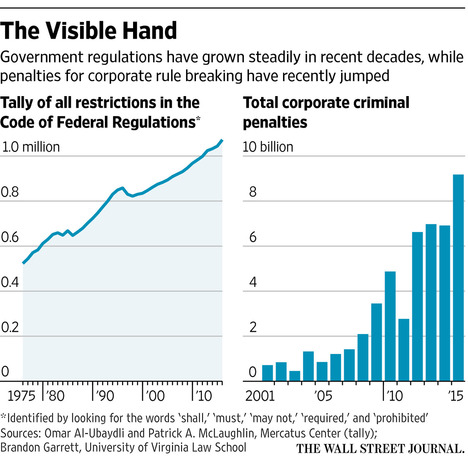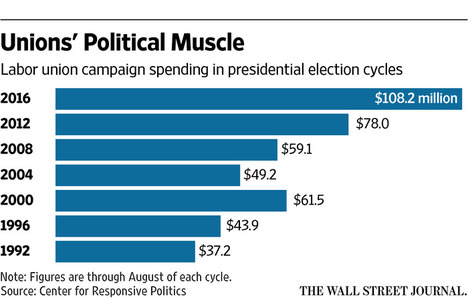(p. B1) They replaced horses, didn’t they? That’s how the late, great economist Wassily Leontief responded 35 years ago to those who argued technology would never really replace people’s work.
. . .
(p. B6) A research paper published last month by the Organization for Economic Cooperation and Development argued that even the occupations most at risk of being replaced by machines contained lots of tasks that were hard to automate, like face-to-face interaction with customers.
It concluded that only 9 percent of American workers faced a high risk of being replaced by an automaton. Austrians, Germans and Spaniards were the most vulnerable, but only 12 percent of them risked losing their jobs to information technology.
For the full commentary, see:
Porter, Eduardo. “ECONOMIC SCENE; Contemplating the End of Human Workhorse.” The New York Times (Weds., JUNE 8, 2016): B1 & B6.
(Note: ellipsis added.)
(Note: the online version of the commentary has the date JUNE 7, 2016, and has the title “ECONOMIC SCENE; Jobs Threatened by Machines: A Once ‘Stupid’ Concern Gains Respect.”)
The Organization for Economic Cooperation and Development paper mentioned above, is:
Arntz, Melanie, Terry Gregory, and Ulrich Zierahn. “The Risk of Automation for Jobs in OECD Countries: A Comparative Analysis.” OECD Social, Employment and Migration Working Papers, No. 189. Paris: OECD Publishing, 2016.



